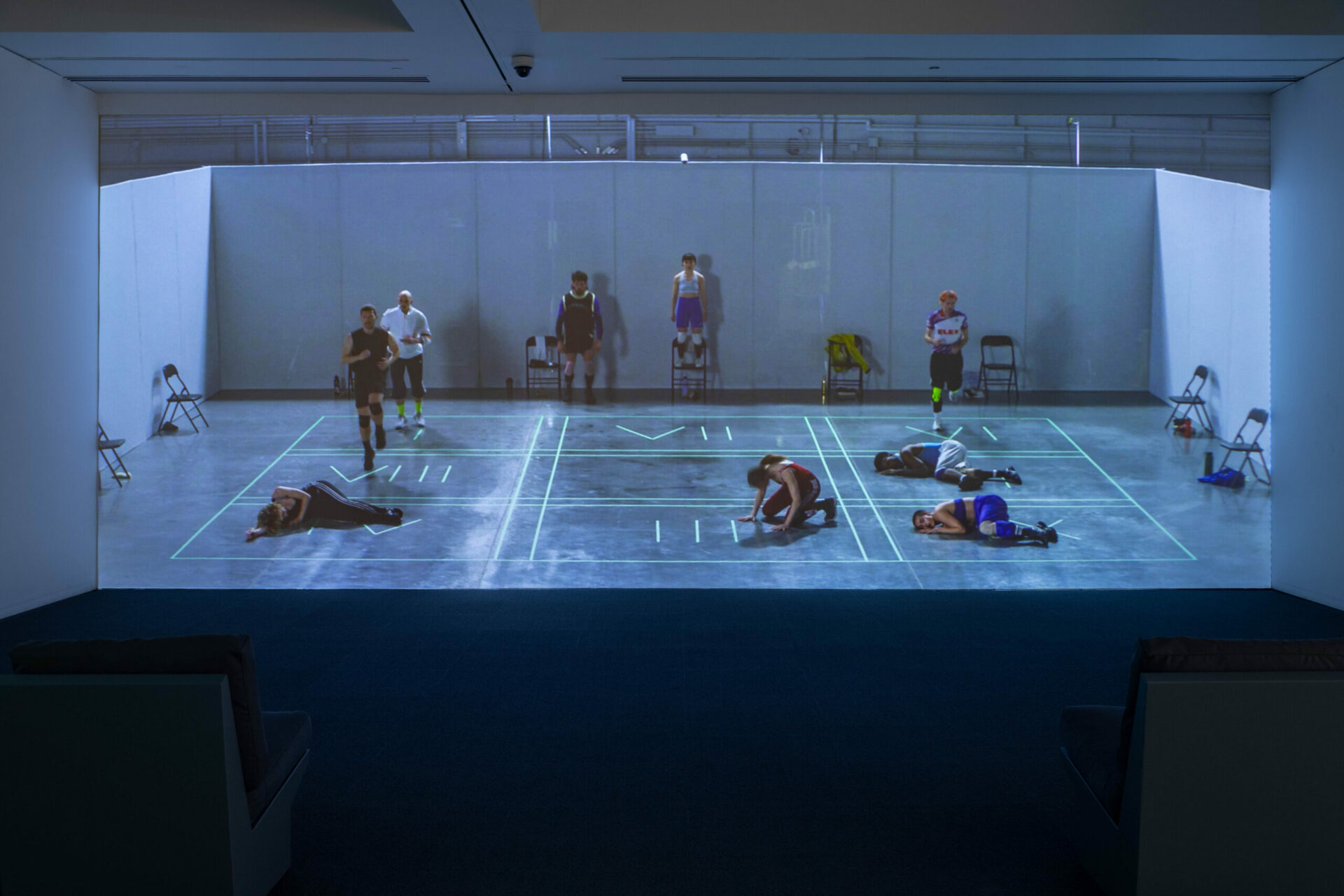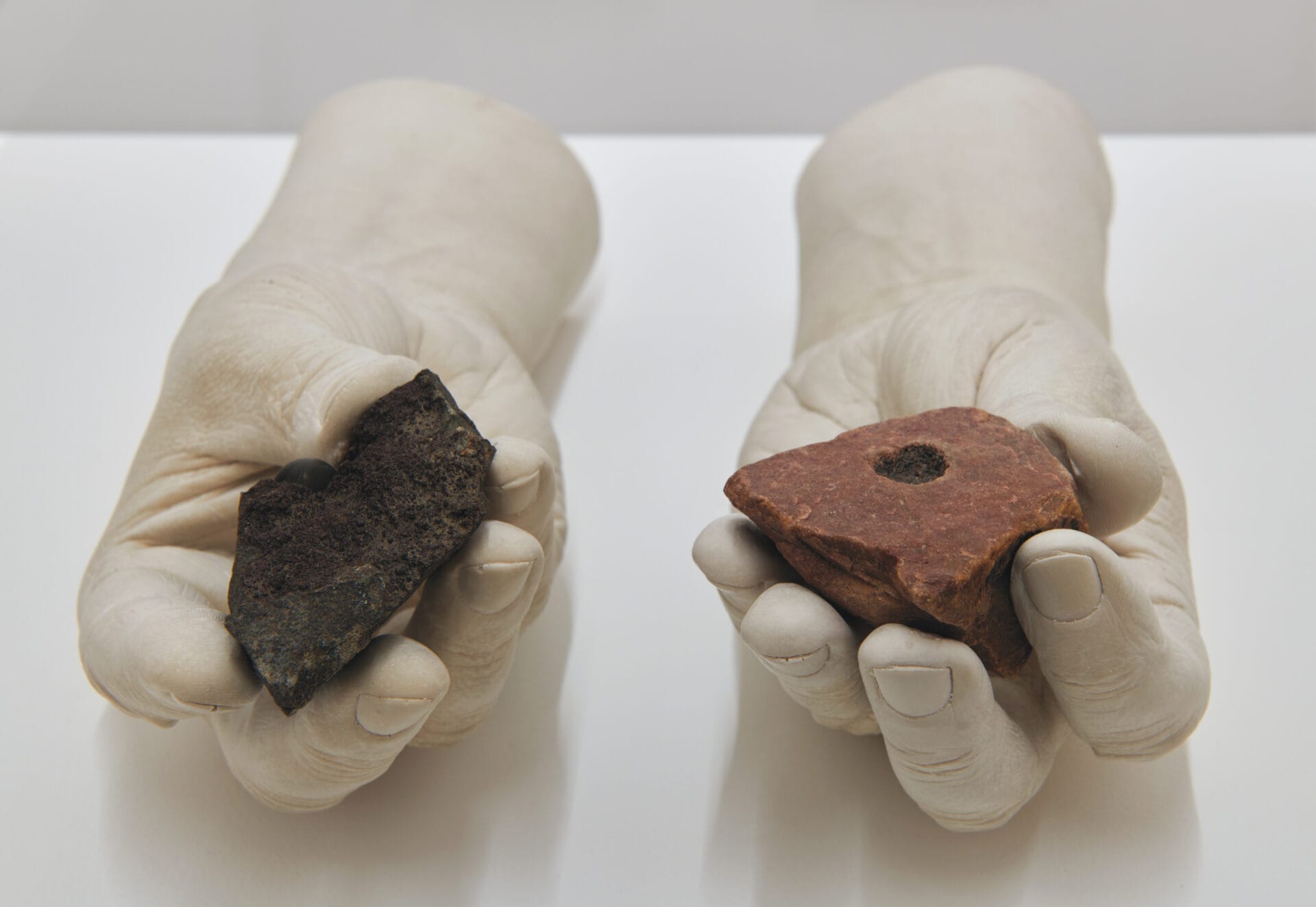
Galerie de l'UQAM, Montréal, 2022.
Photo: © Galerie de l’UQAM, Montréal
September 9–October 22, 2022
[En anglais] The exhibition à corps perdu | sharing madness is an elegant bringing together of pleasure and politics—or perhaps, more accurately, an elegant “moving together,” a phrase that is important to understanding this performative exhibition, beautifully curated by Florence-Agathe Dubé-Moreau and Maude Johnson1 1 - à corps perdu | sharing madness exhibition brochure (Montreal: Galerie de l'UQAM, 2022), 4.. The show, which was inspired by the affective consequences of the COVID-19 pandemic and the limitations that it imposed on public performances, brings together Canadian and international performers Amrita Hepi, Hanako Hoshimi-Caines, Ligia Lewis, Lo Fi Dance Theory, Benny Nemer, Andrea Peña, and Andros Zins-Browne. As a whole, the exhibition demonstrates how videos of dance performances can fill a gallery wall—indeed, a gallery space—with powerful messages on a range of topics, including racism, colonialism, and empathy.

6.58: MANIFESTO, 2021, installation view,
Galerie de l’UQAM, Montréal, 2022.
Photo: © Galerie de l’UQAM, Montréal
Benny Nemer, a Montréal artist currently based in Paris, began working on Tunings in 2020 and chose to film the piece instead of performing it live. The exhibition includes images from rehearsals for Tunings, but much more impactfully, screens show the video recording of the performance from 2021. Combining an interest in botany, queer desire, and art history, the performance involves Nemer ornamenting his two male dancers first with a long, thin, clear tube, and then with branches and tulips, as a flautist plays. This ornamentation seems spontaneous rather than choreographed, and the slow, mindful movements of the two dancers, whose goal is to keep the tube and plants afloat on their shoulders and limbs, also seem organic. The performance is gorgeous to look at and watch, but it is also a master class in corporeal empathy, led not so much by the dancers but by Nemer. As he was decorating his dancers, he was clearly speaking to them, and he often smiled, bringing viewers a momentary sensation of joy. This unexpected affective element, combined with the visual pleasure of the performance, made for a memorable viewing experience.
Créez-vous un compte gratuit ou connectez-vous pour lire la rubrique complète !
Mon Compte


